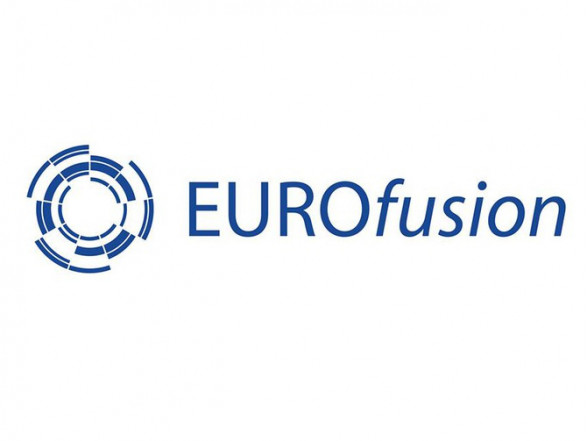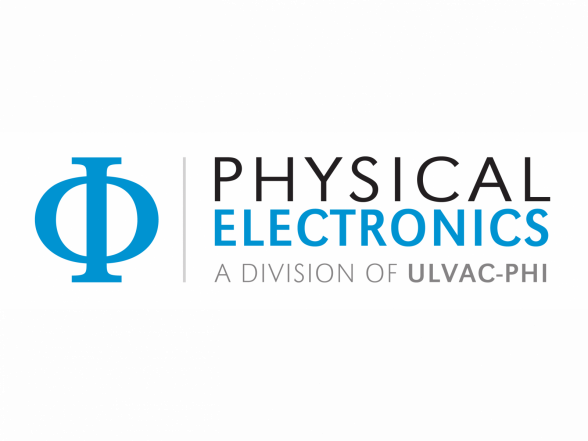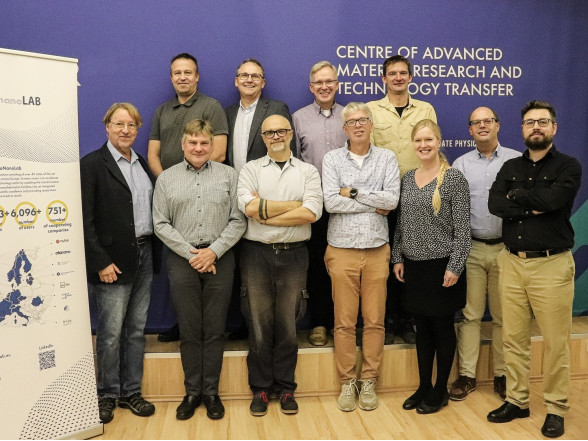ISSP UL has already successfully implemented several EUROfusion projects. The most recent recognition for the high quality of the research performed in this area was the Latvian Academy of Sciences Best achievement in science in 2020 award. It was given to ISSP UL researchers for their investigation "In-depth understanding of the functional properties of modern materials under extreme radiation conditions and their prediction" carried out in cooperation with colleagues from Institute of Physics of the University of Tartu.
Following recommendation from the Scientific Board and the Program Manager, the EUROfusion General Assembly has endorsed the funding for Enabling Research project proposals. One of them is a joint proposal (CfP-FSD-AWP21-ENR-02-UT-01) “Investigation of defects and disorder in non-irradiated and irradiated Doped Diamond and Related Materials for fusion diagnostic applications (DDRM)- Theoretical and Experimental analysis” of Institute of Solid State Physics, University of Latvia, Institute of Physics, University of Tartu (Estonia) and KIT Karlsruhe Institute of Technology (Germany). The project manager in Estonia is Prof. Aleksandr Lushchik, in Germany – Prof.Dr. Theo Scherer and in Latvia – Dr. Anatoli Popov. The duration of the project is from 2021-2023.
Undoped polycrystalline diamond disks with a respectable size from several tens of millimeters up to 180 mm produced by plasma assisted chemical vapor deposition (PACVD) in a microwave reactor are state of the art in functional optical and dielectric windows. Diagnostics, heating and current drive systems need these components as filters for well-defined frequency bands in IR, VIS, UV-VUV, microwaves and sub-millimeter waves (THz-range) as well as window materials for transmission of low and high-power electromagnetic waves. A series of functional materials were already investigated in relation to primary radiation defects (vacancies, F-type centers, trapped holes on cation vacancies, etc.) in previous projects. Especially in diamond, the influence of intrinsic defect structures – introduced during the growing process – (nitrogen, hydrogen and oxygen) on optical and dielectric material properties were considered. On the other hand, for systems in plasma diagnostics, doping in diamond (B, P) has a strong influence on the optical transmission and the electrical properties of such filters and windows. We plan here theoretical and experimental studies, to explain fundamental mechanisms of absorption and emission in diamond in different spectral ranges depending on the dopant and the defect concentrations. The nitrogen content can have e.g. a compensation or amplification effect to the dopant concentrations in diamond. To determine experimentally the defect influences, we propose different spectroscopic and magnetic methods (EPR, RAMAN, IR, VIS, UV-VUV). Additionally, we will measure the electrical conductivity dependence on diamond doping concentrations.
Theoretical calculations of the material properties by means of first principle quantum chemical methods are foreseen to substantiate complement and interpret the experimental results. These calculations will be accompanied with theoretical analysis of the experimental defect annealing kinetics, which allow extracting defect mobility and its dependence on the radiation-induced materials disordering. This is a key for prediction and control of radiation tolerance of candidate materials.
Important for understanding the crystal and defect structures, phonon spectroscopy by means of neutron scattering will be carried out in case of undoped and doped diamond. Optionally, a comparison of these results with single crystalline diamond and silicon could help to understand the basic mechanisms.
Related materials are also part of this project. Compared to the properties of diamond (e.g. lattice constant, dielectric parameters), AlN and SiO are also promising candidates. AlN is used as a coverage of diamond windows, so their interface properties need a detailed study. In addition, alumina (Al2O3) with its low dielectric losses should be investigated as another promising dielectric and optical window material for diagnostic systems.
The second part of the project deals with the irradiation effects in doped diamond and the corresponding defect structure development. Irradiation with neutrons and swift heavy ions will show the material behavior under harsh conditions like mimicking a fusion reactor.
Links to the previously performed highly evaluated research in EUROfusion project:
https://www.camart2.com/en/news/issp-uls-scientists-on-the-future-of-energy.html



